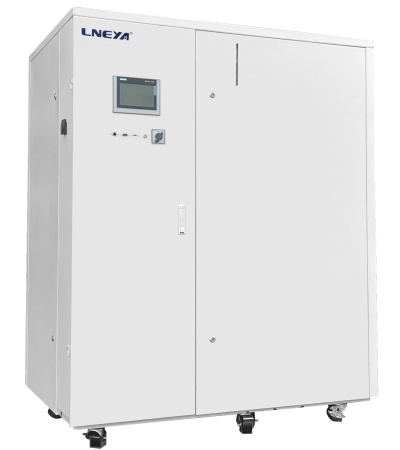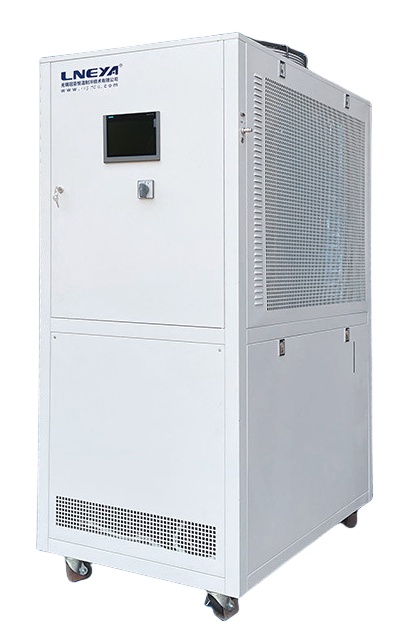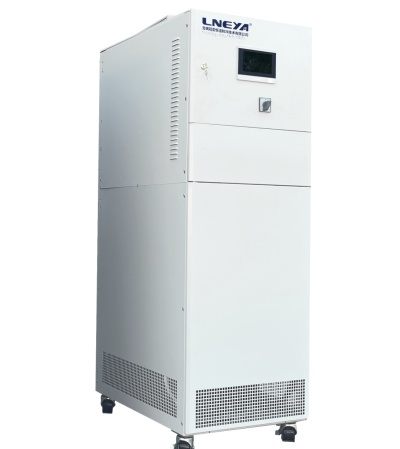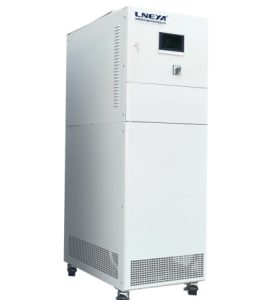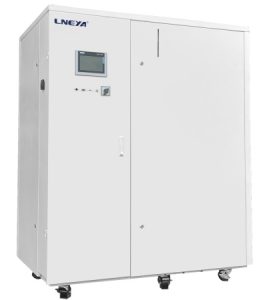glycol air cooler
259Glycol Air Cooler: Definition and Working Principles A glycol air cooler, commonly known as a glycol chiller, is an industrial process chiller that uses a mixture of glycol and water as a coolant. Glycol, an organic compound belonging to the alcohol family, is used to lower the freezing point of water, making the glycol-water mixture effective in cooling systems that operate in sub-zero temperatures. The working principle of a glycol chiller involves the circulation of the glycol-water mixture through a closed-loop system. The refrigerant absorbs heat energy from the process, typically turning into a gas. This gaseous refrigerant is then circulated to a condenser, which expels the heat through evaporative condensation. The heat exchange condenses the refrigerant back into a cooler gas-liquid mixture, which returns to the process heating source to begin the cycle again. Types of Glycol Used in Glycol Chillers There are two main types of glycol used in glycol chillers: ethylene glycol and propylene glycol. Ethylene glycol is known for its excellent heat transfer abilities in industrial settings, while propylene glycol is preferred when environmental or safety concerns exist due to its lower toxicity. The choice between the two depends on the specific application and safety requirements. Applications of Glycol Chillers Glycol chillers are employed in various applications, including: HVAC Systems: Glycol chiller systems are used in heating, ventilation, and air conditioning (HVAC) to control the temperature of air and maintain a comfortable environment in buildings. Process Cooling: Industries like food and beverage, pharmaceuticals, and manufacturing use glycol cooling systems to maintain specific temperatures during various manufacturing processes. Data Centers: Data centers rely on glycol cooling systems to dissipate heat generated by servers and electronic equipment. Beverage and Food Industry: Glycol is used to cool beverages and food products during production and storage. Benefits of Glycol Chillers The benefits of using glycol chillers include: Prevention of Freezing: Glycol acts as an antifreeze, preventing the cooling system from freezing in cold weather. Enhanced Heat Transfer: Glycol has excellent heat transfer properties, efficiently absorbing and dissipating heat. Corrosion Inhibition: Glycol helps protect the components of the cooling system from rust and corrosion. Biodegradability and Safety: Propylene glycol, in particular, is less toxic and biodegradable, making it a safer option for use in many applications. Safety Considerations While glycol chillers offer numerous benefits, safety is a major concern, especially when choosing between ethylene and propylene glycol. Ethylene glycol is toxic if ingested, so it is often restricted to industrial uses away from direct human exposure. Propylene glycol, being less toxic, is widely used where safety is paramount. Conclusion Glycol air coolers, or glycol chillers, are vital in maintaining low temperatures in a range of industrial and commercial applications. Their effectiveness in low-temperature environments, heat transfer efficiency, and growing market demand highlight the importance of glycol in the cooling systems industry. As technology advances and market trends evolve, the use of glycol in cooling systems is expected to continue, with a focus on enhancing efficiency and ensuring safety.
View details Industrial Chiller Heater Equipment Supplier-LNEYA
Industrial Chiller Heater Equipment Supplier-LNEYA


